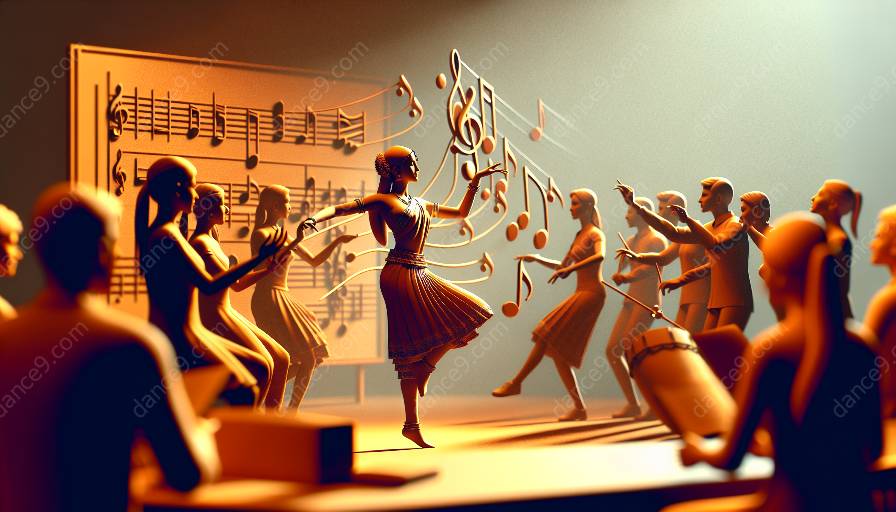At the heart of the relationship between music and dance lie their intertwined histories. To understand these influences, one must explore the cultural, social, and artistic dimensions that have shaped musical movements and dance practices. This exploration sheds light on how dance histories have not only influenced musical movements but have also been influenced by them, creating a dynamic and reciprocal relationship.
Dance and Music Relationship
Dance and music have a long-standing relationship that dates back to ancient civilizations. The rhythmic patterns and melodies of music often inspire and guide the movements and expressions of dance, creating a harmonious fusion of the auditory and visual arts. This relationship is evident in various dance forms, from traditional folk dances to contemporary choreographies, where the structure and tempo of music influence the pace, style, and emotional expression of the dance. Moreover, the use of music in dance can evoke cultural and historical narratives, as traditional music often reflects the values and experiences of a particular community or era, thereby enriching the storytelling aspect of dance performances.
Dance Studies
The study of dance encompasses an exploration of its historical, cultural, and artistic influences. Dance historians and scholars examine the evolution of dance forms and traditions, tracing their origins and the sociopolitical contexts that have impacted their development. Similarly, the role of music in shaping dance practices is a crucial aspect of dance studies. By analyzing the musical movements and compositions that accompanied specific dance styles throughout history, scholars gain insights into the interplay between music and dance.
The Influence of Dance Histories on Musical Movements
The influence of dance histories on musical movements is multifaceted, reflecting an ongoing dialogue between the two art forms. Cross-cultural exchanges, historical events, and artistic innovations have significantly impacted both dance and music, leading to the emergence of new styles and genres that showcase their interdependent nature. For example, the fusion of African dance traditions with jazz music in early 20th-century America gave rise to the vibrant dance style known as jazz dance, which, in turn, influenced the musical compositions of the jazz genre. Similarly, the evolution of ballet in European courts during the Renaissance era played a pivotal role in shaping the development of classical music, with composers such as Tchaikovsky and Stravinsky creating iconic ballet scores that continue to resonate in the history of music.
Furthermore, the study of specific dance histories offers insights into the cultural and social contexts that have influenced musical movements. For instance, the traditional dances of various indigenous cultures worldwide have contributed to the preservation and evolution of unique musical traditions, reflecting the symbiotic relationship between dance and music within these communities. In addition, the influence of dance histories on musical movements can be observed in popular culture, as contemporary dance styles such as hip-hop and breakdancing have shaped the musical landscape by inspiring new genres and rhythms that resonate with global audiences.
Conclusion
The influence of dance histories on musical movements is a testament to the enduring synergy between dance and music. By delving into the rich tapestry of cultural, historical, and artistic influences that have shaped both art forms, one gains a deeper appreciation for their interconnectedness. Moreover, this exploration underscores the relevance of understanding the relationship between dance and music in the context of dance studies, as it provides valuable insights into the dynamic evolution of artistic expressions and the enduring impact of cultural exchange.

















